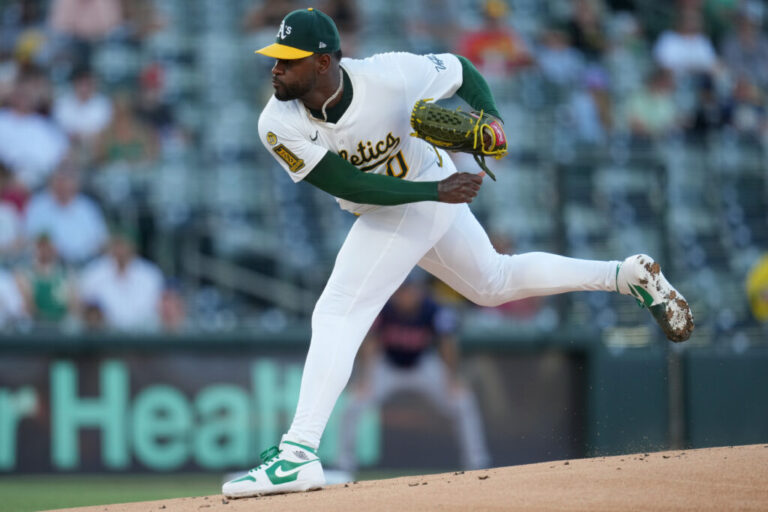

We’re spending the 2025 season looking back at previous seasons, specifically the 50 greatest teams in history, a group that I call the Best 50. Today’s entry, the 1912 Boston Red Sox, is No. 33 on the list, as determined by my new book, Baseball’s Best (and Worst) Teams.
Here’s a quick boilerplate explanation that I’m appending to every story in this series:
I compiled the Best 50 by analyzing 2,544 major-league teams from 1903 to 2024. Those clubs have been ranked by their team scores (TS), which are plotted on a 100-point scale. (A given club’s all-time percentile is the percentage of the other 2,543 teams that it outperformed.)
See my book for an explanation of my TS calculations. The book also offers separate breakdowns of the best and worst clubs for every decade and franchise, comprehensive profiles of the Best 50 (including position-by-position lineups and much more information than you’ll find in this newsletter), and similar summaries of the 10 worst teams of all time.
Now on to today’s profile.
-
Team: 1912 Boston Red Sox
-
Team score: 86.334 points
-
All-time rank: 33 of 2,544
-
All-time percentile: 98.74%
-
Season record: 105-47 (.691)
-
Season position: First place in American League
-
Final status: World champion
The Boston Americans renamed themselves the Red Sox in 1908, a change that had no immediate impact on their image or fortunes. The franchise’s early success, capped by 1903’s world title, was only a memory. The Americans had failed to contend for an American League pennant after 1904, and the Red Sox continued the unhappy tradition. They drifted between third and fifth place between 1908 and 1911.
Then came an unexpected miracle in 1912. The Philadelphia Athletics, winners of the previous two World Series, were heavily favored to repeat as AL champs. But the Red Sox had rebuilt their roster with young talent, led by fireballing pitcher Joe Wood and slick center fielder Tris Speaker. Boston’s squad began to jell by mid-June and shifted into overdrive, winning 72 of its final 100 games. The Sox coasted to the pennant by 14 games.
Get the complete lowdown on the 50 greatest (and 10 weakest) clubs of all time
The 1912 World Series against the New York Giants opened remarkably well for the Red Sox, who roared to a lead of three games to one. A single victory stood between them and the championship.
But the Giants steamed back with successive 5-2 and 11-4 wins, setting the stage for a decisive Game Eight. (Game Two had ended in a tie, extending the best-of-seven series.) New York broke on top with a run in the third inning. The Red Sox countered in the seventh. The deadlock persisted until the top of the 10th, when the Giants seized a 2-1 lead.
Boston’s leadoff hitter in the bottom of the 10th, Clyde Engle, lofted a lazy fly to New York center fielder Fred Snodgrass. “Any high schooler could have caught it with ease,” wrote Fred Lieb, the baseball editor of the New York Press. But Snodgrass inexplicably dropped the ball. His two-base error opened the door for a 3-2 Boston victory, with Larry Gardner’s sacrifice fly driving home the title-clinching run.
A new installment will arrive in your email each Tuesday and Friday morning
The first version of the Most Valuable Player Award was unveiled in 1911, with the Chalmers Motor Car Company announcing that it would annually present a new automobile to “the most important and useful player” in each league. The Chalmers Award didn’t last long — a recession in 1914 forced the company to drop its sponsorship — though it did honor five future Hall of Famers in its four short years. Among them was Tris Speaker of the Red Sox, the American League’s 1912 MVP.
Speaker flashed power and speed that year. He topped the AL with 10 home runs and ranked fourth with 52 stolen bases. But it was his skill in the field that set him apart. Speaker played an unusually shallow center field, which allowed him to catch balls no counterpart could reach. “I see more games lost by singles that drop just over the infield than triples over the outfielder’s head,” he explained. Speaker threw out 35 baserunners in 1912, which remains the league’s single-season record for an outfielder.
Boston’s other great star was Smoky Joe Wood, a hard-throwing righty who had exploded into prominence in 1911 with 23 wins. He upped the ante to 34 victories in 1912, winning 16 straight starts between early July and mid-September — and he was still just 22 years old. “I was the king of the hill, top of the heap, right along with the very best,” Wood later said. But injuries the following year would bring an abrupt end to his supremacy. “I never pitched again without a terrific amount of pain in my right shoulder,” he said. “Never again.”





